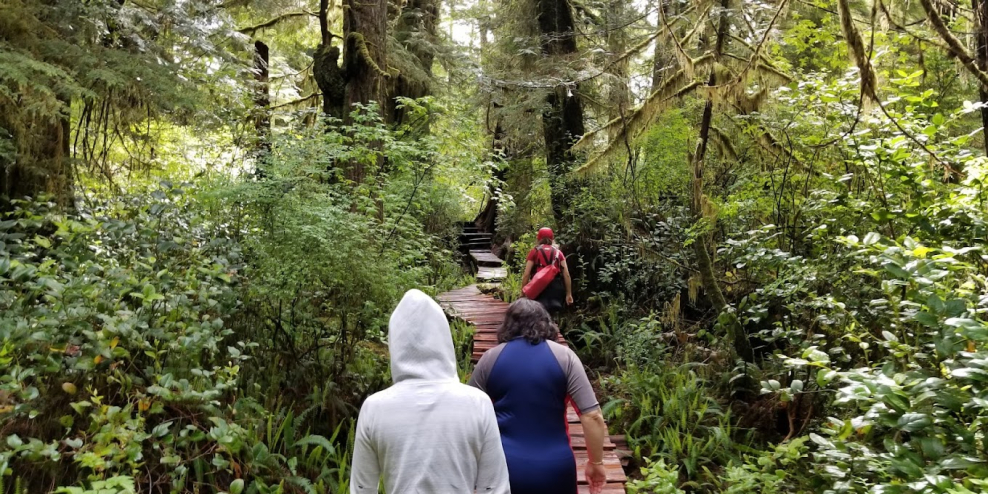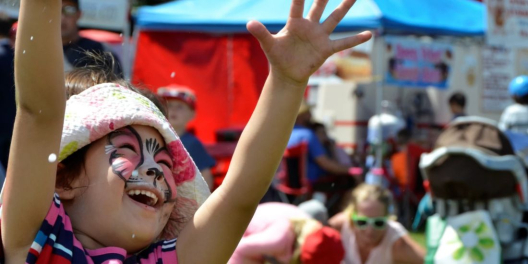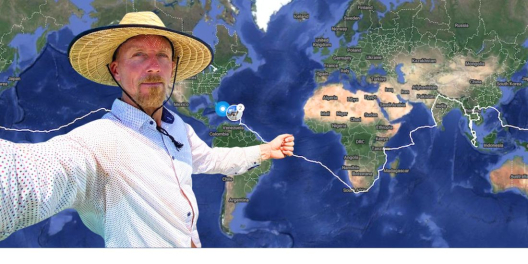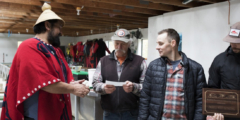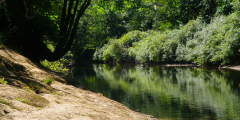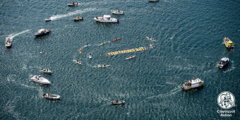BC’s coast is full of beautiful trails.
Over the last few decades, tourism has become one of VanIsle’s biggest industries, and all these trails are integral to that.
But while many steps are needed to form a path, too many passing feet can make a real mess.
As Saya Masso, lands director for the Tla-o-qui-aht Tribal Parks Guardian Program, told Ha-Shilth-Sa. “In a large formal sense, it’s abrasive to us.”
But, as he’s learnt working on the Meares Island Big Tree Trail for over a decade, it doesn’t have to be.
“It’s a work of love,” said Masso.
The trail, originally built during the ‘84 protests to declare Meares Island a Tribal Park, was wholly rotted when the Guardian program first took over its maintenance.
Far from an easy hike, there was no dock, and boats would have to land near rocks where people would climb overboard.
But it had something that naturally drew folks from around the world. It was a real old-growth forest.
“A second growth [forest], every tree is all the same age, and so it gets really dark.. fully intact old growth forest, the sunlight comes in [and] there’s such a mix of age class of trees.”
It took the Guardians ten summers to transform the trail, but now both the forest and tourist industry are thriving.
They rebuilt the trail and a dock from split board cedar from fallen trees, spruce, pine or fir stringers from construction sites.
Among the base of the old-growth forest, Masso and his team lay bark mulch to retain moisture and protect the roots of the trees.
The result is a beautiful trail that coexists with the forest around it.
This is important because it allows the approximately 60,000 visitors to the area to experience the magic of these ancient forests without causing undo harm.
And the Guardians feel the knowledge people can understand through experiencing the forests firsthand is invaluable.
“We want the million people that come here to know who Tla-o-qui-aht is.”
The path they’ve built leads to a stunning culturally modified red cedar tree harvested roughly 100 to 150 years ago.
The way Tla-o-qui-aht used traditional methods to harvest these trees without killing them, so this tree still stands tall and healthy today.
Cole Williams | Google Reviews
There are roughly 72,000 culturally modified trees on Meares Island within one hundred meters from the shoreline.
“That indicates the use of cedar bark and planks… for housing and also for canoe making,” said Moses Martin, who served for years as a former elected chief.
“All those kinds of things that played into our need to protect the island for continued use.”
By showing how sustainable forestry practices have been done in the past, they hope to foster new ideas of how we could do it today.
“These are the types of jobs that make you feel that tourism is on the right path,” said Moses.
The Tribal Park Allies program is a group of businesses and organizations in and around the Tofino community that support Tla-o-qui-aht in their vision.
Allies agree to collect a one percent ecosystem service fee. This gets reinvested into efforts to create a better environment for all.
